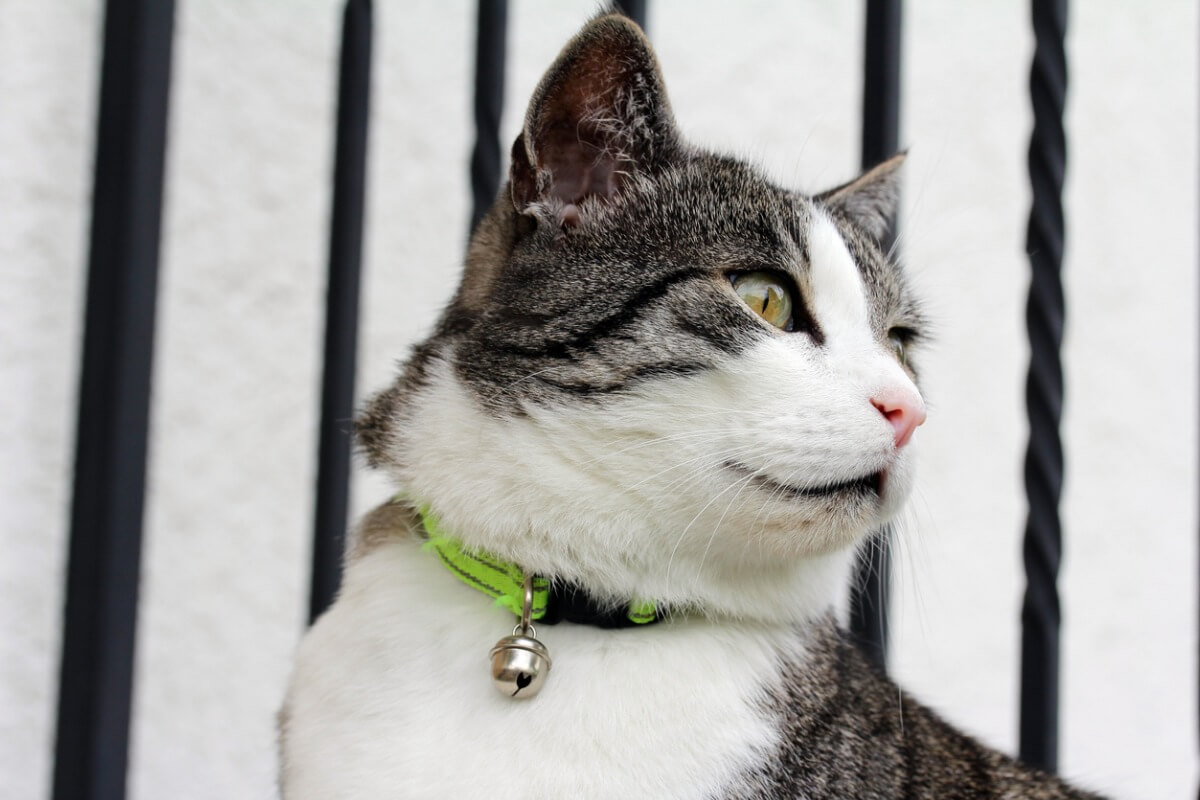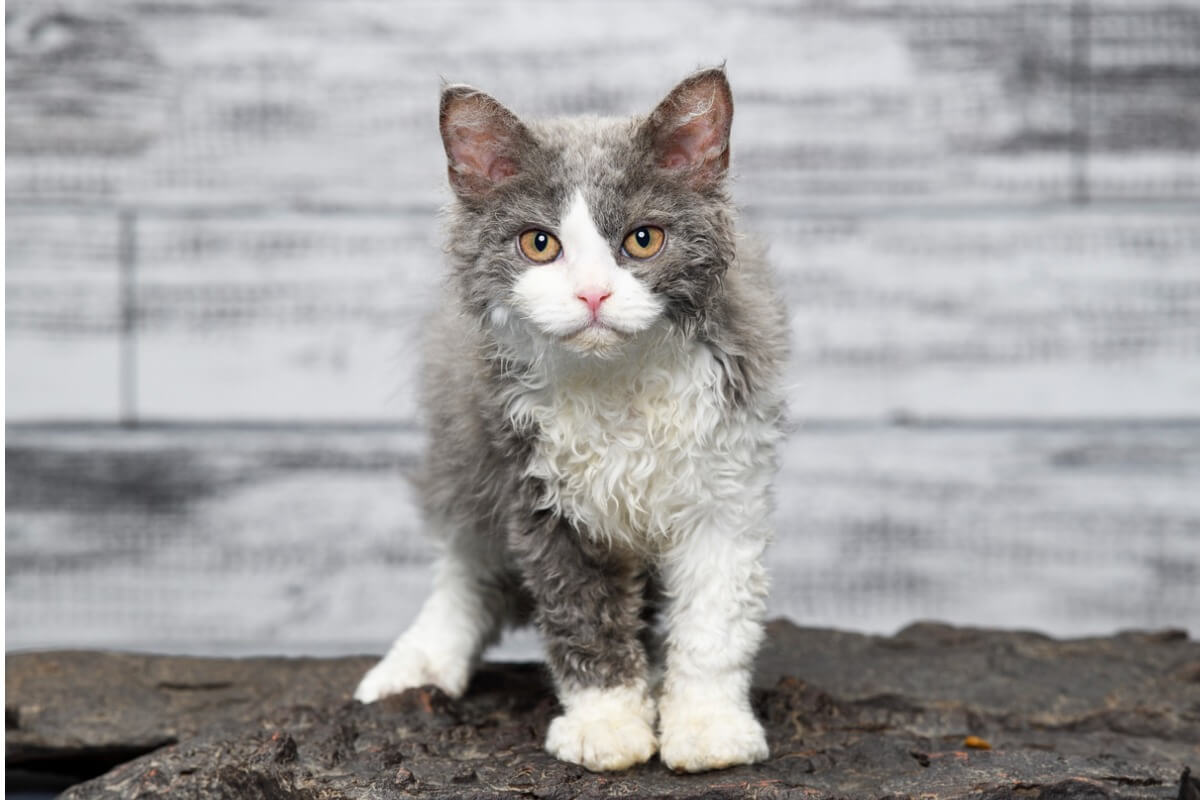Should You Bathe a Cat?

Should you bathe a cat? If you’ve ever asked yourself this question, then the short answer is yes. However, they don’t need as many baths as a dog, who must be bathed with water and special shampoo for dogs at least once every two months, and usually much more frequently.
In the case of cats, they can take care of their own fur every day. Their tongue has a very special surface, covered with conical taste buds that give it a rough texture that’s very useful for ingesting food, hunting, and grooming.
Although sometimes we talk about having a quick wash as “having a cat-lick“, the truth is that felines spend several hours a day grooming themselves, thus keeping their fur free of dirt and parasites, as well as eliminating loose hair.

So, do they really need a bath?
Occasionally, cats require human help to groom themselves. For example, if they get mud or anything else that’s difficult to remove on their fur, or something that could harm them if ingested. Another example is long-haired cats, who, rather than helping them to bathe, need to be helped to untangle their fur by combing them often.
In addition, a cat can even get sick to the point of not wanting to groom itself, and may even fall into a state of depression, and their owner can help them out by bathing them with water and shampoo.
If you have the habit of bathing your cat, you shouldn’t bathe it too often. It’s enough to do it once a month or once every two months, so that the sebaceous layer that naturally forms and protects its body isn’t removed so often.
How to bathe a cat at home
If you want to bathe a cat at home, it’s very important to be prepared in advance. Ideally, it should be in a large area, because if it’s frightened by the water, it’ll try to escape. Before starting, place a cotton ball in each of its ears so that water doesn’t enter them.
The water used should be at a lukewarm temperature, neither cold nor very hot. The friendliest way to bathe them is to submerge them halfway in a bathtub, rub them gently with the soap, and then, with the help of a container or hand-held shower, remove the applied product.

Never use a shampoo that isn’t specially formulated for cats, as it could harm their skin and fur. In addition, having a large towel will be of great help to dry it as much as possible manually. A hairdryer at room temperature can also make the job easier. The important thing is that the cat doesn’t get wet, in order to prevent the spread of fungus on its skin.
Finally, a cat should never be bathed if the outside (or inside) temperature is cold. It’s best to do it on a warm day so it doesn’t become ill.
And, as a final recommendation, an infallible way to calm them down during bathtime is to place relaxing music in the background and to make each movement confidently, but very softly. It’s never a good idea for the cat to feel tense or stressed, as it could scratch you badly.
All cited sources were thoroughly reviewed by our team to ensure their quality, reliability, currency, and validity. The bibliography of this article was considered reliable and of academic or scientific accuracy.
- https://basicfarm.com/blog/con-que-frecuencia-banar-gatos/
- https://www.eldiario.es/consumoclaro/perros/pensando-banar-gato-hagas_1_1233924.html
This text is provided for informational purposes only and does not replace consultation with a professional. If in doubt, consult your specialist.